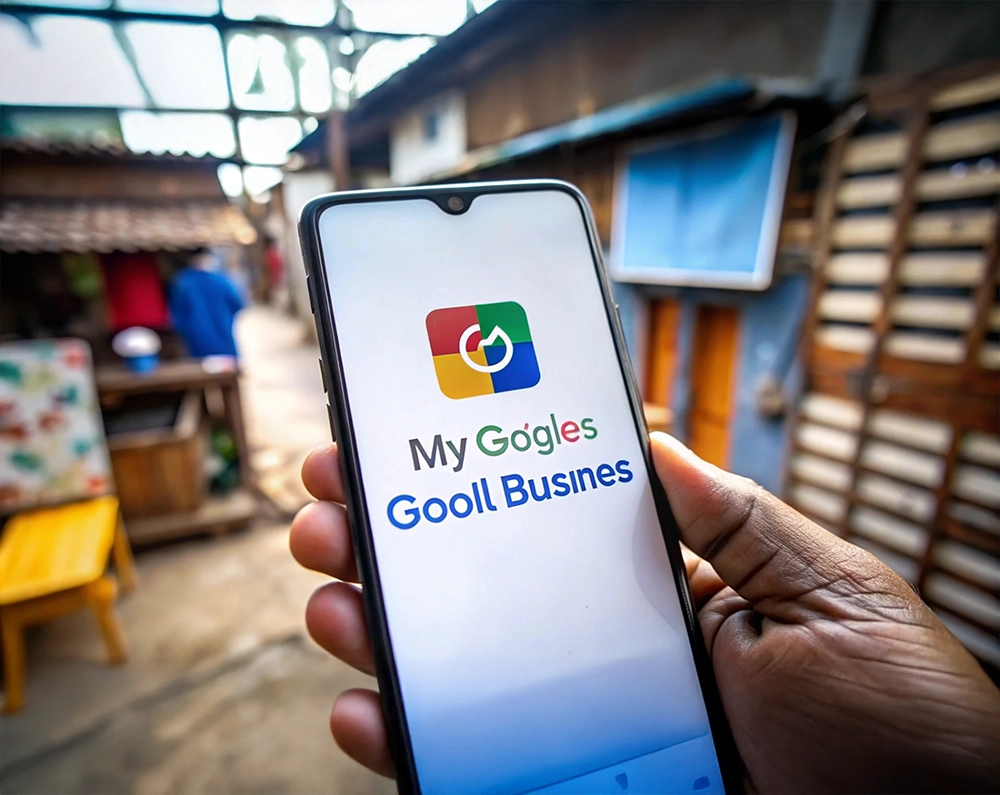Have you ever felt the sting of crafting a thorough article—only to watch an AI-generated snippet grab all the attention?
So, if you’re wondering how to rank in AI overviews, you’re in the right place. In this post, we will discuss the exact steps we took to AI overviews optimize the content.
You’ll learn to satisfy both human readers and machine algorithms, master AI Overviews SEO and rank in AI Overviews. Let’s dive in.
What Are AI Overviews?
Picture a search engine results page. Above the organic links, there’s often a highlighted block—a concise answer or list of steps. That’s an AI overview (also called a featured snippet). It’s generated automatically by machines that scan hundreds of pages and pull the most relevant bits.
No scrolling needed. Just scan the answer, insights and move on.
Why You Can’t Ignore AI Overviews
Here’s the hard truth: if your content doesn’t appear in that box, you’re missing out. The AI Overview cites five to six websites in its summary. Studies show that featured snippets capture a massive portion of clicks—often more than the first organic result. Akes sensThe multi-source approach allows users to explore further, increasing the likelihood of clicks to various websites where users can get reference links for their query if they do not fully trust the AI Overview answer.The multi-source approach allows users to explore further, increasing the likelihood of clicks to various websites where users can get reference links for their query if they do not fully trust the AI Overview answer.
Failing to rank in ai overviews means settling for leftovers.
Core Principles for AI Overview Wins
Securing a spot in Google’s AI Overviews requires more than traditional SEO tactics. It’s about aligning your content with the preferences of AI algorithms. Focus on these four essentials:
- Immediate Clarity – Open with your answer. If the question is “how to rank in ai overviews,” lead with a crisp sentence that nails it.AI systems prioritize content that provides quick, clear responses.
- Visual Signposts – Break content into headings, bullets, and numbered lists. AI systems love patterns—they follow signposts.
- Topical Depth – Don’t just mention your keyword. Explore related concepts. Sprinkle in synonyms. Show you’ve covered the topic thoroughly.This aligns with AI's preference for content that thoroughly addresses user queries.
- Trusted Signals – Link to reputable sources. Cite fresh data. Authority matters—to humans and AI bots alike.
Master these, and you’ll be well on your way to ai overviews optimize your pages.
Crafting Instant Answers
When we first attempted to rank for “how to rank in AI Overviews,” our opening paragraph resembled a narrative, engaging but not aligned with AI’s preference for brevity. So, we flipped it.
Now we start with: “We share three proven steps to grab that featured snippet.” Just like that. One sentence. . Direct answer delivered. Then we unpack the why and how in the following paragraphs.
You can do the same. Write a crisp hook that mirrors the user’s question word-for-word, then elaborate.
Structuring for AI Extraction
Headings matter. H2 and H3 tags are not just visual; they guide AI systems . Use clear and descriptive subheadings that accurately reflect user queries. For example:
- How to rank in AI overviews
- Best practices to ai overviews optimize content
Digestible lists? Even better. AI often lifts bullet points directly. Try a numbered list for step-by-step instructions. Keep each item short—one thought per line. No run-on sentences. AI picks these like candy.
Balancing Keywords—Without Overkill
Keyword stuffing not only disrupts readability but also risks penalties from search engines.
Here’s a trick we learned for AI: mention your main phrase in four places only:
- The title
- The first paragraph
- One strategic subheading
- The conclusion
That’s it. Anymore, and you risk sounding robotic—and AI will notice. Surround these with related terms: “automated summary,” “featured snippet,” or “search engine highlight.”
The goal is to show expertise, not to inflate keyword density.
Schema Markup, Minus the Code
You don’t need a developer to implement structured data. Many platforms offer user-friendly plugins that enable you to add structured data to your content without writing code.
Label sections as FAQs or How-Tos. When search engines see those tags, they know exactly which content to pull. It’s like placing a big arrow next to your best answer.
Suddenly, you’re speaking the same language as the AI. That little boost can be a game-changer for ai overviews seo.
Behavior Signals and Engagement
AI models learn from user interactions. If people click, stay, and scroll, the algorithm thinks, “This page delivers on user intent.” So, pepper posts with:
- Rhetorical questions (“Ever tried this before?”)
- Quick polls (“Which tip will you test first?”)
- Actionable checklists to check off
By strategically embedding these elements, you can create a more engaging user experience, signaling to AI Overviews that your content is both relevant and valuable.
Tools That Supercharge Your Efforts
You need data insights and functionalities to enhance your content’s visibility and performance. Here are some go-to tools:
- SurferSEO for content gap analysis—reveals missing terms.
- Ahrefs to track featured snippet rankings—see who’s winning.
- Google’s Rich Results Test to confirm your schema is on point.
Don’t guess. Measure. Tweak. See results.
A Simple Workflow to Secure AI Overviews
- Research: Identify long-tail queries with existing snippets.These often align closely with user intent and are more likely to be featured in AI Overviews.
- Examine pages ranking in positions 1–10 for your target queries. Assess their content structure, schema markup, and engagement metrics to identify areas for improvement.
- Revise: Add a heading matching the question. Start with a 50-word answer.It enhances scannability and aligns with AI's preference for structured content.
- Format: Use bullet lists and numbered steps.
- Tag: Apply FAQ or How-To schema via a plugin.
- Monitor: Track snippet positions weekly with tools like Google Search Console.. Update stale data.
Follow this process, and you’ll see results fast.
Staying Ahead of AI Evolution
AI will never stop evolving. Soon, overviews might pull video transcripts or interactive content. To stay future-ready:
- Provide clear video captions.
- Use descriptive alt text for images.
- Break answers into standalone paragraphs.
Final Word
Landing in that AI-generated snippet isn’t about tricking algorithms. It’s about marrying clarity with structure, weaving in depth, and signaling authority—all while keeping readers engaged.
Implement the tactics we’ve shared: deliver immediate answers, structure your content for easy extraction, balance keywords naturally, leverage structured data, and track engagement signals.
Do that, and you’ll ai overviews optimize your content like a pro. Enjoy more clicks,more authority and more wins.
Frequently Asked Questions
1.How does AI Overview affect search engine rankings?
AI Overviews, integrated into Google’s search results, provide AI-generated summaries at the top of the page. This feature can reduce click-through rates to traditional web pages, underscoring the need for publishers to adapt their SEO strategies. Instead, focusing on high-quality, authoritative content that aligns with user intent is crucial.
2. How can structured data and schema markup improve AI content recognition?
Schema markup labels content as FAQs or How-Tos, guiding AI to extract precise answers and increasing your chances of earning the featured snippet.
3. What role does natural language processing (NLP) play in AI-based content ranking?
NLP analyses context, synonyms, and user intent. It determines which content best matches the query’s meaning, influencing which pages appear in overviews.
4. Should I focus on keyword density or topic relevance for AI-generated results?
Prioritize topic relevance. Cover questions fully and weave in keywords naturally. Excessive density harms readability and may trigger AI penalties.
5. What tools can help optimize content for AI-based search features?
Use SurferSEO for content gaps, Ahrefs to track snippet positions, and Google’s Rich Results Test to validate your schema implementation.
6. Is AI overview real?
Yes. AI overviews are dynamically generated answer boxes at the top of search results, designed to quickly satisfy user queries.
7. Can I turn off AI overviews?
No. Google Search does not have an option to disable AI Overviews. However, users can use filter results to show only web links by selecting the “Web” tab after a search or install a browser extension that automatically forces a web-only view of the search results page.





